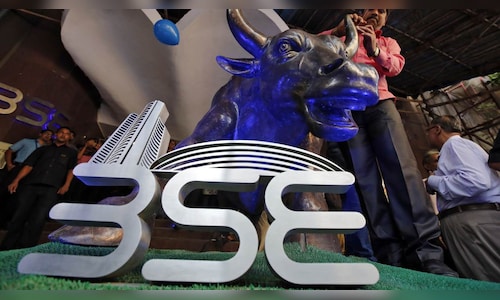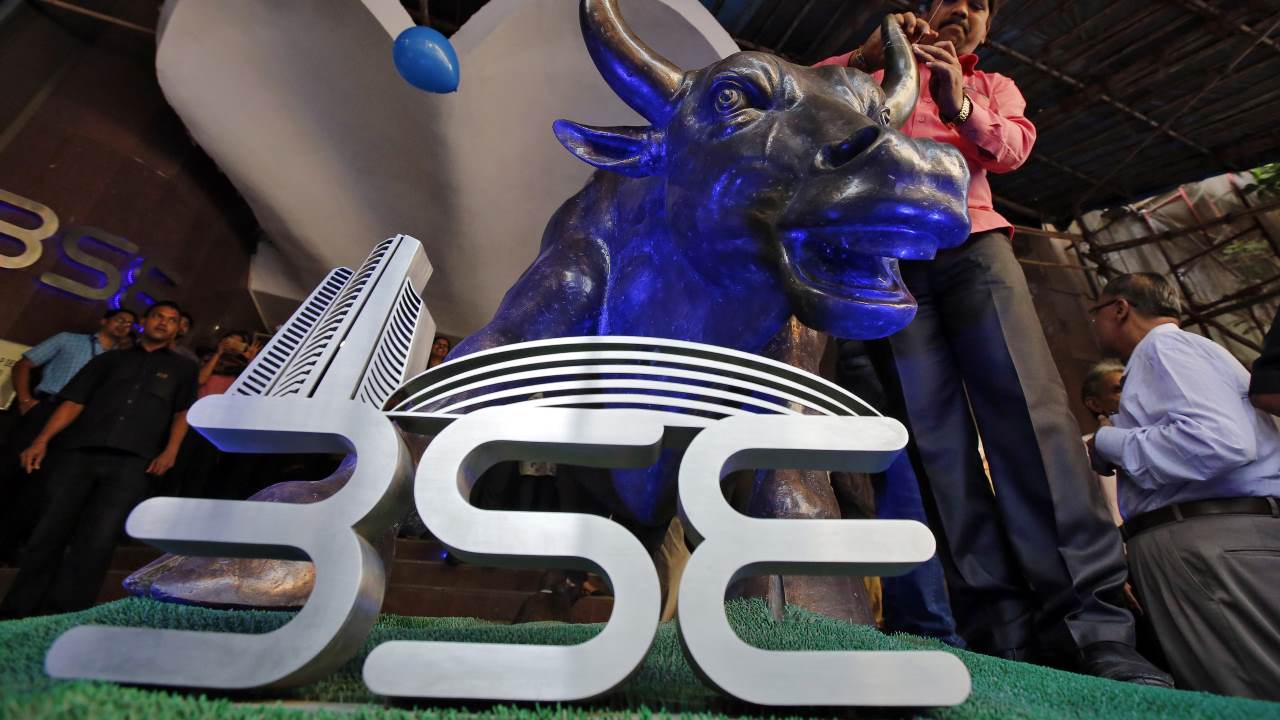

| Company | Value | Change | %Change |
|---|
Over the last 20 years, an intriguing pattern has emerged in market behavior during and after the Kumbh Mela. There have been six instances of the Kumbh being held during this period, and in all of them, the Sensex has failed to deliver positive returns during the festival.
The average duration of the Kumbh Mela is 52 days, and during this period, the Sensex has recorded an average decline of 3.42%. According to an analysis by Apurva Sheth of SAMCO Securities, the Sensex delivered negative returns in all six instances.
For example, during the last Kumbh Mela (April 1 to April 19, 2021), the Sensex fell by 4.16% over the 18-day period. The largest decline was observed during the Kumbh held from July 14 to September 28, 2015, when the Sensex plunged 8.29%. Similarly, during the Kumbh from April 5 to May 4, 2004, the Sensex dropped by 3.29% over the 29-day cycle.
“For bulls too the Kumbha Mela brings a ray of hope to wash away the karmas accumulated in a bull market. There is a high chance of committing mistakes when the market is rising rapidly and participants just want to flip stocks in lure of quick profits. Unfortunately, participants don’t realise their mistakes till there is a correction or a crash. This correction acts like a reset to start afresh just like a dip in the holy waters,” the brokerage said in a note.
| Kumbha Mela organised in | Kumbha Start Date | Kumbha End Date | Count of Kumbha Mela Days | Sensex on Start Date | Sensex on End Date | During Kumbha Returns % | Sensex Six months Forward Date | Sensex Six months Forward from End date | Post 6 Month returns |
| Ujjain | 05-Apr-04 | 04-May-04 | 29 | 5838.02 | 5647.15 | -3.27% | 01-Nov-04 | 5704.1 | 1.01% |
| Haridwar | 14-Jan-10 | 28-Apr-10 | 104 | 17584.87 | 17380.08 | -1.16% | 25-Oct-10 | 20303.12 | 16.82% |
| Prayagraj | 14-Jan-13 | 11-Mar-13 | 56 | 19906.41 | 19646.21 | -1.31% | 10-Sep-13 | 19997.09 | 1.79% |
| Nashik | 14-Jul-15 | 28-Sep-15 | 76 | 27932.9 | 25616.84 | -8.29% | 28-Mar-16 | 24966.4 | -2.54% |
| Ujjain | 22-Apr-16 | 23-May-16 | 31 | 25838.14 | 25230.36 | -2.35% | 21-Nov-16 | 25765.14 | 2.12% |
| Haridwar | 01-Apr-21 | 19-Apr-21 | 18 | 50029.83 | 47949.42 | -4.16% | 18-Oct-21 | 61765.59 | 28.81% |
| Prayagraj | 09-Jan-25 | 26-Feb-25 | 48 | 77620.21 | ? | ? | 28-Aug-25 | ? | ? |
| Average length in days | 52 | Average Gains | -3.42% | Average Gains | 8.00% |
Interestingly, while the Sensex struggles during the festival, the market tends to rebound afterward. Six months after the Kumbh ends, the Sensex has delivered positive returns in five out of six instances, with an average gain of 8%.
There can be several reasons behind this peculiar market behaviour during and after Kumbha.
“Cultural focus and economic shifts during Kumbha Mela where millions of Indians are taking a pilgrimage might lead to temporary shift in consumption patterns and reduced economic activity in certain sectors. Such events are also deeply rooted in renewal and detachment which might unconsciously affect investor behaviour leading to more risk averse sentiment,” Sheth said.
Jupiter’s 12-year cycle and its alignment with the Mela reminds that markets, like human behavior, are often influenced by factors beyond rational economics. Investors might draw lessons from this correlation, considering the historical underperformance as a signal to adopt a more cautious strategy during Kumbh Mela, the brokerage said.



